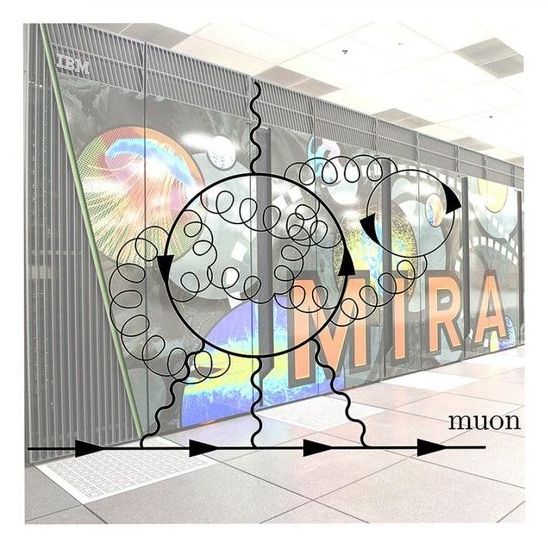Just about everyone has had the experience of blinking while having their picture taken. The camera clicks, your eyes shut, and by the time they open again, the photo is ruined. A new ultrafast camera developed at Caltech, were it aimed at your lovely face, could also capture you looking like a dunce with your eyes shut, except instead of taking just one picture in the time it takes you to blink, it could take trillions of pictures.
The new camera developed in the lab of Lihong Wang, Bren Professor of Medical Engineering and Electrical Engineering in the Andrew and Peggy Cherng Department of Medical Engineering, is capable of taking as many as 70 trillion frames per second. That is fast enough to see waves of light traveling and the fluorescent decay of molecules.
The camera technology, which Wang calls compressed ultrafast spectral photography (CUSP), is similar in some respects to previous fast cameras he has built, such as his phase-sensitive compressed ultrafast photography, or pCUP, device, which can take 1 trillion frames per second of transparent objects and phenomena.





